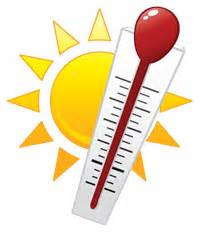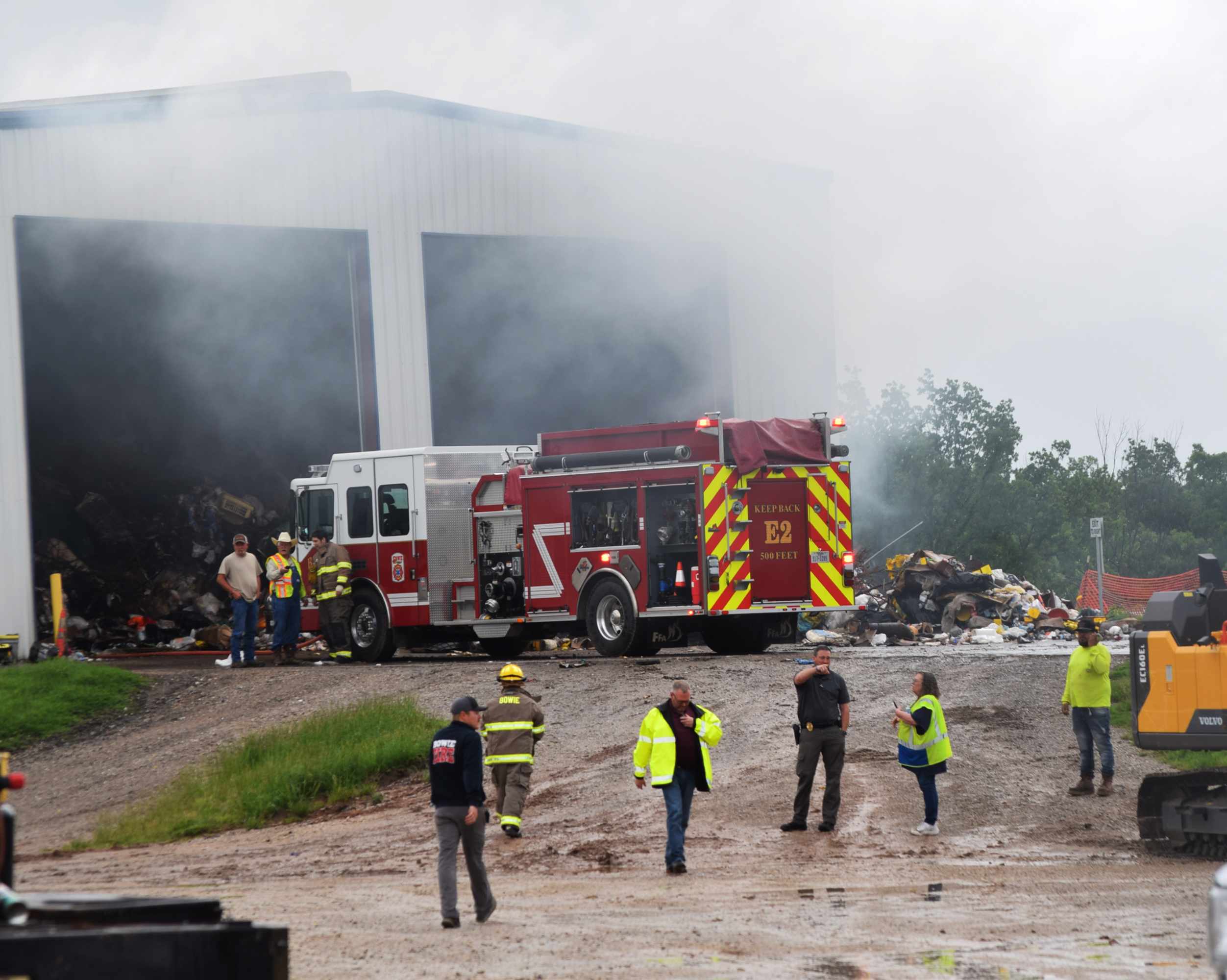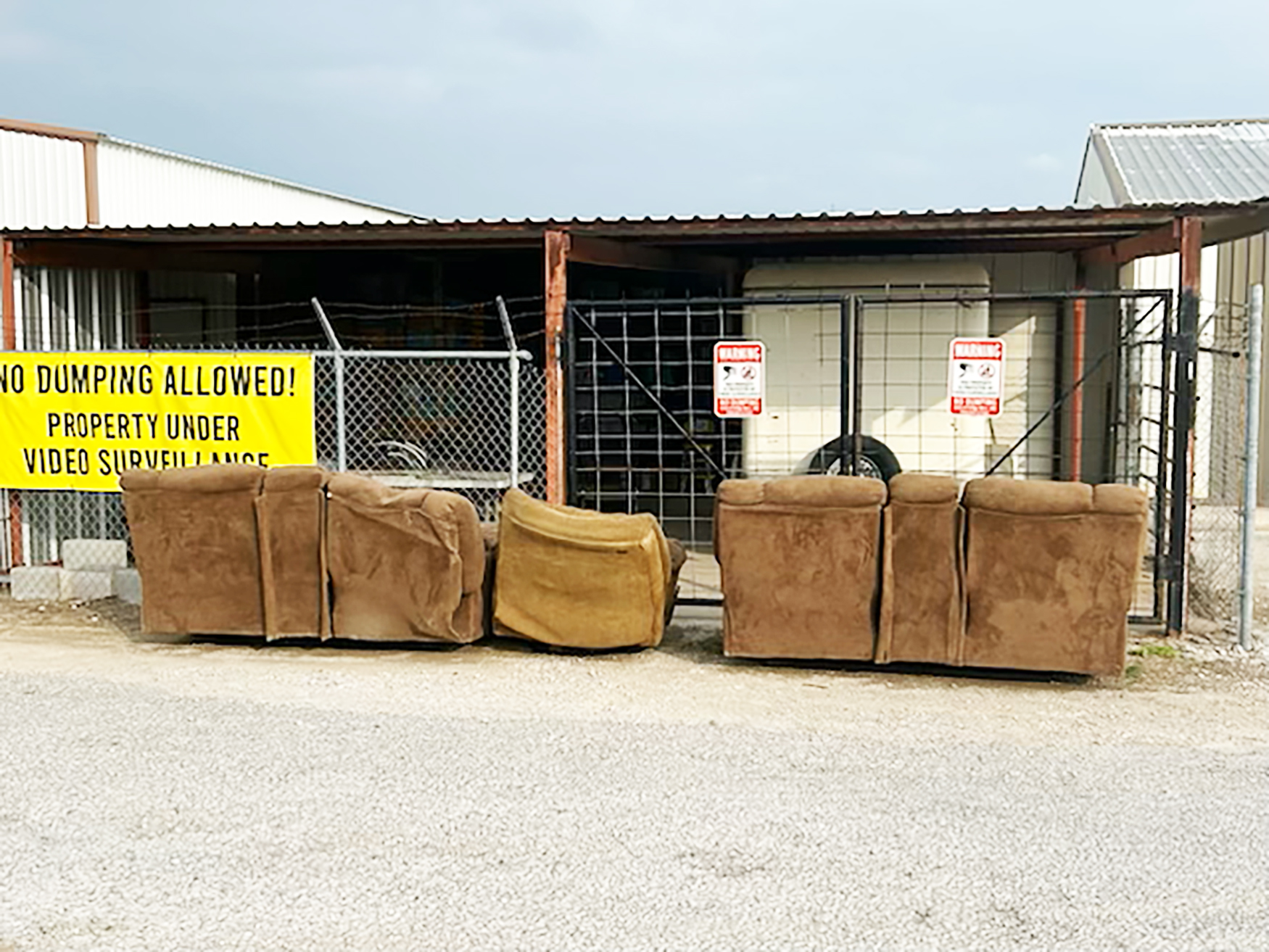NEWS
Record-breaking heat scorches Texas, challenges power grid

The scorching heat has set numerous records and shot temperatures up over 110 degrees, causing a spike in heat-related illnesses and putting Texans at risk of a power blackout.
By Zachary Rosenthal, AccuWeather staff writer
Paramedics in Fort Worth, Texas, say heat-related calls for help have more than doubled compared to the same time period last summer.
Residents of the Lone Star State are used to blazing temperatures, but even the hardiest Texans found themselves sweating during the latest record-breaking heat wave to impact the United States, which has been challenging the state’s power grid and setting numerous records.
Most of Texas has had above-normal heat since the start of June, according to AccuWeather Senior Meteorologist Dave Houk, but the worst of the heat thus far has been reserved for the past few days.
“There have been periods where a dome of high pressure that has been a mostly permanent fixture across the South Central states strengthens near Texas causing a few days of record-challenging heat in a row across the state,” Houk said, adding the high pressure was at its strongest over the last several days.
Paramedics in Fort Worth, Texas,responded to a dramatic surge in heat-related 911 calls as the heat intensified, with people suffering from homelessness, elderly, young children, and outdoor workers at the highest risk for illnesses caused by the searing heat.

“We’re experiencing about double the heat-related call volume that we did last year,” MedStar operations supervisor John Hamilton told AccuWeather National Reporter Bill Wadell.
As the heat continues, so does the enhanced risk of heat-related illnesses such as heat exhaustion and heatstroke. Forecasters say residents in the affected areas should continue to take care to remain well-hydrated and limit time spent outdoors during the hottest part of the day if possible.
The Dallas-Fort Worth area is hardly the only part of Texas experiencing extreme heat, though. In Abilene, which is located 180 miles west of Dallas, temperatures climbed above the century mark for 17 straight days, a streak that finally came to an end on June 26. However, Abilene started a new streak of triple-digit heat on July 4.
According to the National Weather Service, Austin and San Antonio are experiencing their hottest meteorological summers on record. From June 1 to July 8, the average temperature in both Austin and San Antonio was 88 degrees Fahrenheit, breaking the former records of 87.3 and 87.1 respectively, both of which were set during the summer of 2011. And it’s been especially hot in both of those places in recent days.
On July 11, the mercury hit 107 F in San Antonio, smashing the old daily temperature record by 3 degrees and tying the record for the warmest July day ever in the city. The only other day this month with a high of 107 was July 13, 2020. Tuesday, despite dropping two degrees, San Antonio’s high of 105 F still broke a daily record of 103 set in 1998.
On Monday in Austin, the temperature rose to 106 F for the third day in a row. Austin has been above 100 F every day since July 6.
In College Station, about 180 miles to the south of Dallas, the temperature climbed to 111 on Sunday, which was the hottest July temperature ever recorded in the city. Only on a couple of days in Sept. 2000, did the temperature reach or top the 111-degree mark. On Tuesday, College Station’s high of 109 challenged Monday’s 111, and tied a daily record set in 1954.
Near the Mexican border in Laredo, the temperature rose to 110 degrees on Monday, while Galveston set or tied a new daily record high minimum temperature for the ninth day in a row, meaning that temperatures are remaining dangerously hot even during the overnight hours.

A man dives into the cool waters of the Comal River, Tuesday, June 14, 2022, in New Braunfels, Texas. (AP Photo/Eric Gay)
The intense and prolonged heat is challenging Texas’s state-run power grid, ERCOT. As temperatures rose to record levels across the state on Monday, leading people to turn up their air conditioning, the agency sent a push alert to Texans’ phones urging them to conserve electricity.
“The heat wave that has settled on Texas and much of the central United States is driving increased electric use,” ERCOT said in a press release. “While solar power is generally reaching near-full generation capacity, wind generation is currently generating significantly less than what it historically generated in this time period.”
After a new July peak was set Monday, another record-breaking power demand day for ERCOT took place Tuesday. ERCOT told AccuWeather’s Bill Waddell that no conservation alerts were sent out Tuesday, due in part to “much better” wind power generation.
According to Reuters, ERCOT has thus far been able to avoid much-feared blackouts by asking both residents and businesses to curb their power usage, something that grid operators have been forced to do more and more as summers continue to warm. On Tuesday evening, 23,000 customers were without power in the state, including almost 1,000 outages in the central state Concho County.

Texas has also had an abnormally dry summer so far, with over 97% of the state experiencing abnormal dryness, according to the U.S. Drought Monitor. More than 66% of the state is in the midst of worsening severe drought, with no significant rainfall in sight.
“The heat we are seeing across the state is tied into the drought that is also affecting most of the state. Dry ground allows more of the energy from the sun to heat the air,” Houk explained, adding that Dallas has not received any rain in 39 days.
Experts at Climate Central say that summers in Texas are becoming warmer and drier. In the Dallas-Fort Worth metro area alone, summers have trended significantly warmer in the last 50 years. Compared to a typical summer in 1970, a summer today in the twin cities will bring seven more days above 100 degrees Fahrenheit.
Additional reporting by Bill Wadell.
NEWS
Fire starts in transfer station building

Bowie fire and police emergency personnel responded to this structure fire call around 10:30 a.m. Friday morning. No details were available at this time on a possible cause, possibly from trash inside the station or inside a vehicle. (News photo by Barbara Green)
NEWS
Bell receives life in murder of Tia Hutson

Gregory Bell, 58, Saint Jo, was found guilty of the murder of Tia Hutson, 50, also of Saint Jo after less than an hour of jury deliberation Thursday afternoon.
She was found beaten and raped in her home in August 2022 and six days later never regaining consciousness. The jury also deliberated Bell’s sentence giving him the maximum life in prison and a $10,000 find. It took them less than half an hour to make the decision. A deadly finding also determined a large flashlight was used as a deadly weapon.

As the jury left the courtroom some members were seen hugging Trevor Riley, Tia Hutson’s son. His sister Kami Taylor, read a powerful victim’s statement to the court.
NEWS
Illegal dumping continues at Bowie Mission

Staff and volunteers at the Bowie Mission continue to be plagued by people who dump their unwanted furniture and other items at their gates and doors. Despite having signs stating this is illegal and that there are surveillance cameras on scene, dumpers don’t seem to be phased.
This past week several large pieces of furniture were dumped right in front of the gate where the trailer used to go pick up food bank items is stored. Cynthia Brewer, director said most of the volunteers are older and it is difficult to get these large items moved out of the way. She is at her wit’s end trying to get people to stop dumping and while she hesitates to file police charges the situation is getting untenable as people continue to violate the policy.
Anyone who observes illegal dumping at the mission is urged to call the police 872-2251.
-

 NEWS2 years ago
NEWS2 years ago2 hurt, 1 jailed after shooting incident north of Nocona
-

 NEWS1 year ago
NEWS1 year agoSuspect indicted, jailed in Tia Hutson murder
-

 NEWS2 years ago
NEWS2 years agoSO investigating possible murder/suicide
-

 NEWS2 years ago
NEWS2 years agoWreck takes the life of BHS teen, 16
-

 NEWS2 years ago
NEWS2 years agoMurder unsolved – 1 year later Tia Hutson’s family angry, frustrated with no arrest
-

 NEWS2 years ago
NEWS2 years agoSheriff’s office called out to infant’s death
-

 NEWS2 years ago
NEWS2 years agoBowie Police face three-hour standoff after possible domestic fight
-

 NEWS2 years ago
NEWS2 years agoDriver stopped by a man running into the street, robbed at knifepoint







